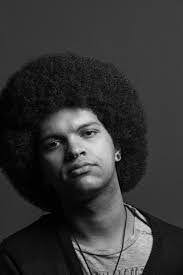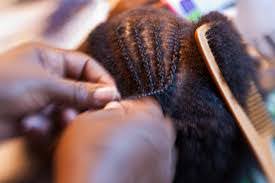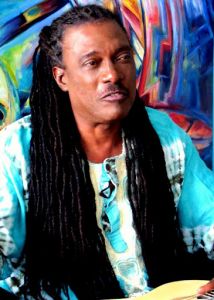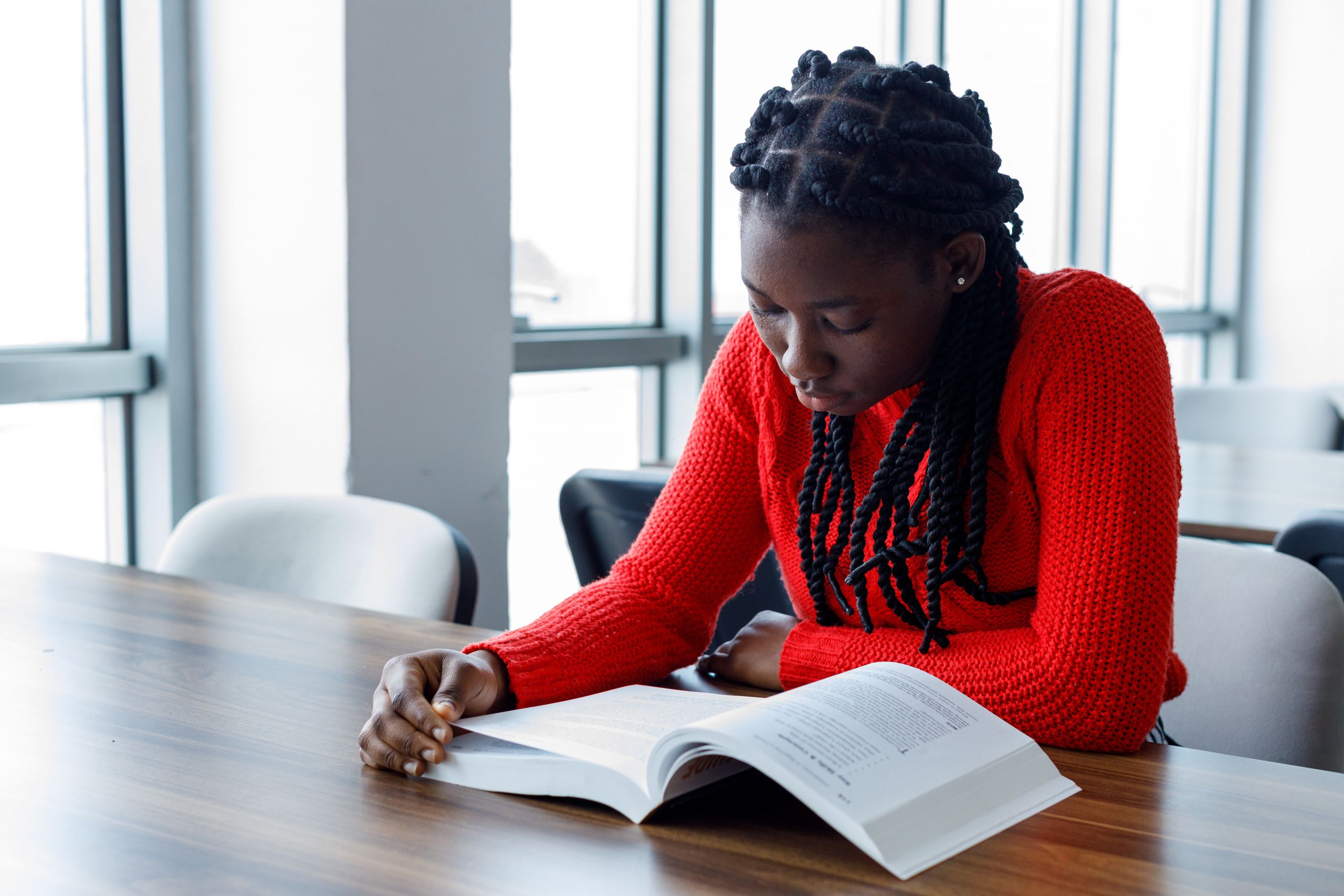 To truly appreciate and understand Black hair and hairstyles you must first understand that for centuries Black hair has been under attack. Certain hairstyles were deemed ghetto, untamed, not professional or “dreadful”. These stereotypical comments came from people not being educated in what certain hairstyles mean to the Black and African American communities. Black hair comes in many different hair types and we can wear many different hairstyles but some of our most “popular” hairstyles like cornrows, braids, locs and afros are symbols of strength, communication and connection to the beloved African Diaspora.
To truly appreciate and understand Black hair and hairstyles you must first understand that for centuries Black hair has been under attack. Certain hairstyles were deemed ghetto, untamed, not professional or “dreadful”. These stereotypical comments came from people not being educated in what certain hairstyles mean to the Black and African American communities. Black hair comes in many different hair types and we can wear many different hairstyles but some of our most “popular” hairstyles like cornrows, braids, locs and afros are symbols of strength, communication and connection to the beloved African Diaspora.
C.R.O.W.N. (Crown) Act:
Since the beginning of America, Black hair didn’t fit American “beauty” or “professionalism” standards. The C.R.O.W.N Act was passed in the House of Representatives after years of discussion of race-based hair discrimination in public school and work places. However only twenty-four of the fifty U.S. states have passed the Crown Act and guess what….. Indiana isn’t one of those states currently. Just recently this year, back in September, a Black student named Darryl George in Texas (which passed the CROWN act) was placed in an alternative school because of his locs. His school has a strict “dress code” policy that includes how students have to wear their hair. The school claims his hair went past his eyebrows/ earlobes. Except the student wears his locs in either a ponytail or braid it up for school. At what point is enough, enough Kicking a young student out of school for his traditional and cultural hairstyles seems ludacris and goes against the belief that ALL have a right to education.
Now I want to get into the culture and tradition of the most well known Black hairstyles.
Black Hairstyles
Afro:
 The Afro is all about embracing and having pride in your hair in its natural state, no matter how kinky or loose your curl pattern or hair type. The Afro is a form of activism and rejecting eurocentric beauty standards that damage and break off our natural hair. It’s all about growing and loving our hair that is so unique and versatile. The Afro has been criminalized and for its association with the Black Power Movement or the Black Panther Party for Self-Defense(BPP) but what people fail to realize is a lot of programs that the Black Panther Party created are used today in the public education system and in society, for example, the Free Breakfast Program, People’s Free Health Clinic and adult programs.
The Afro is all about embracing and having pride in your hair in its natural state, no matter how kinky or loose your curl pattern or hair type. The Afro is a form of activism and rejecting eurocentric beauty standards that damage and break off our natural hair. It’s all about growing and loving our hair that is so unique and versatile. The Afro has been criminalized and for its association with the Black Power Movement or the Black Panther Party for Self-Defense(BPP) but what people fail to realize is a lot of programs that the Black Panther Party created are used today in the public education system and in society, for example, the Free Breakfast Program, People’s Free Health Clinic and adult programs.
“It’s all about growing and loving our hair that is so unique and versatile.”
Braids:
 They’re so many types of different braids from corn rows, goddess braids, knotless braids and many more. Braids can be done on just your natural hair or by adding hair to your natural hair. Braids are normally worn as a protective hairstyle for on vacation or when you’re trying to keep any heat or products that could damage your hair. In the continent of Africa braids can show beauty, status, wealth and shows which tribe you’re a part of. During enslavement corn rows were a way for the enslaved to communicate with each other. Enslaved Blacks throughtout the African Diaspora used corn rows and other styles of braids to communicate escaped routes, meet up and anything else they wanted to communicate without the “master” or pro-slavery supporters knowning.
They’re so many types of different braids from corn rows, goddess braids, knotless braids and many more. Braids can be done on just your natural hair or by adding hair to your natural hair. Braids are normally worn as a protective hairstyle for on vacation or when you’re trying to keep any heat or products that could damage your hair. In the continent of Africa braids can show beauty, status, wealth and shows which tribe you’re a part of. During enslavement corn rows were a way for the enslaved to communicate with each other. Enslaved Blacks throughtout the African Diaspora used corn rows and other styles of braids to communicate escaped routes, meet up and anything else they wanted to communicate without the “master” or pro-slavery supporters knowning.

Locs:
 Many people know of locs because of the Reggae musician Bob Marley, but locs can be a protective hairstyle for people or a hairstyle that is very spiritual. Your hair holds so much of your emotions like pain, anger, sadness and happiness. One who to loc their hair spends years and even decades growing it out. When a person decides to cut off their locs it is a symbol of a rebirth or the shedding of old energy. There are two different types of locs; your traditional locs and freeforms. Freeforms tend to be thicker and usually start to form on their own. Whereas traditional locs that most people are more with come from you twisting/retwisting the hair in a circular motion to maintain the loc.
Many people know of locs because of the Reggae musician Bob Marley, but locs can be a protective hairstyle for people or a hairstyle that is very spiritual. Your hair holds so much of your emotions like pain, anger, sadness and happiness. One who to loc their hair spends years and even decades growing it out. When a person decides to cut off their locs it is a symbol of a rebirth or the shedding of old energy. There are two different types of locs; your traditional locs and freeforms. Freeforms tend to be thicker and usually start to form on their own. Whereas traditional locs that most people are more with come from you twisting/retwisting the hair in a circular motion to maintain the loc.
“understand that many Black citizens in the Americas use their hairstyles as a way to connect to their ancestors.”
Conclusion:
To understand and respect Black Hair you must first understand the cultural and traditional significance of it. Understand that many Black citizens in the Americas use their hairstyles as a way to connect to their ancestors. In this three part series on Black Hair we explored and identified how important hair is to the Black community, stereotypes, how educators and citizens can help if a person is struggling with their hair and finally the cultural and traditional relevance of certain Black hairstyles. I would never say I know everything when it comes to Black Hair, but I do believe if we try to understand and respect Black Hair then hopefully we’ll understand Black hair is beautiful, expressive, spiritual and communicative.
Please login or register to claim PGPs.
Alternatively, you may use the PGP Request Form if you prefer to not register an account.



